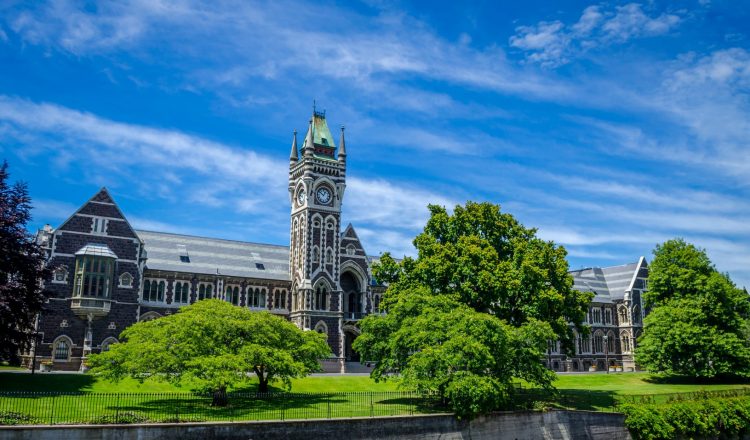选择高中科目
第 9 和 10 年
英语中学的 9 年级和 10 年级学生必须学习英语、数学、科学以及健康和体育等核心科目。此外,大多数中学还提供一系列不同的选择供孩子选择,包括科技、艺术、社会科学和英语以外的语言。
对你和你的孩子来说,在八年级考虑任何感兴趣的领域或特殊优势是个好主意,因为这可能会影响他们进入九年级时他们选择哪所学校和选择哪些科目。如果在入学时,您的孩子不确定他们想选择哪些可选科目,那么您选择的学校将能够指导你进行这项工作。
11 年及以后
在 11-13 年级,学生进一步学习 NCEA(国家教育成就证书,这是主要中学资格)。在大多数学校,学生将在十年级中期开始查看科目领域的选择。这包括了解当他们离开学校继续工作或自己选择的高等教育学习时,他们需要哪些资格。
高等教育课程的要求各不相同,因此学生最好尽可能长时间地保持选择开放。而且可能是你的十几岁的孩子不确定他们离开学校后想做什么。
除了核心科目领域之外,许多学校还提供行业或职业的课程,例如旅游、工程和酒店服务。
谁能帮忙?
青少年学校的职业顾问将能够指导你有关科目选择及其对未来学习或工作选择的影响。在许多情况下,他们可能能够帮助你的青少年制定个人学习计划。查看选择科目的八个步骤:

















































